BT 1-6200-42
in Canada
Product: Sawdust
Dryer output capacity:
Sawdust: 14.8 t/h from 50% to 6%
Industry solutions
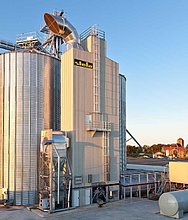

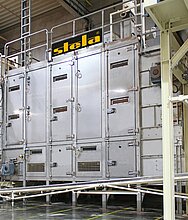

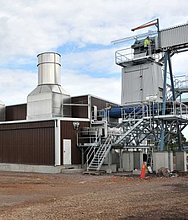
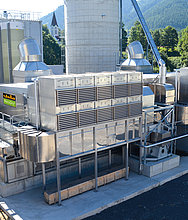
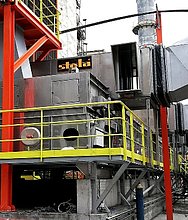
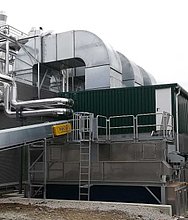
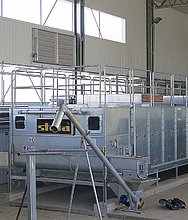
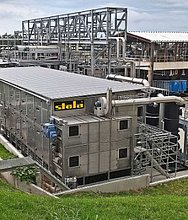
Products
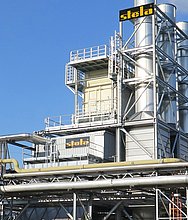

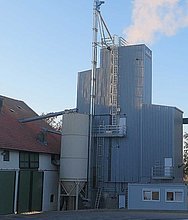
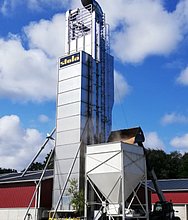
About stela
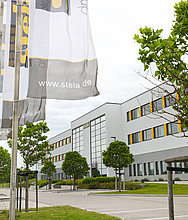
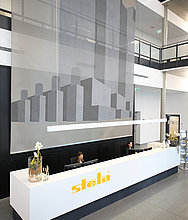
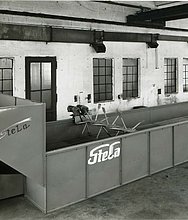
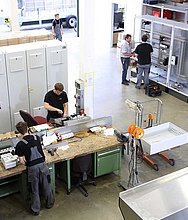
Contact
The use of renewable raw materials to reduce CO2 emissions is indispensable for sustainable energy and environmental policy – our responsibility towards future generations. At stela, we have developed the optimum drying technology for natural biomass. In doing so we are building up regional added value as well as the use of waste heat from cogeneration plants for the drying.
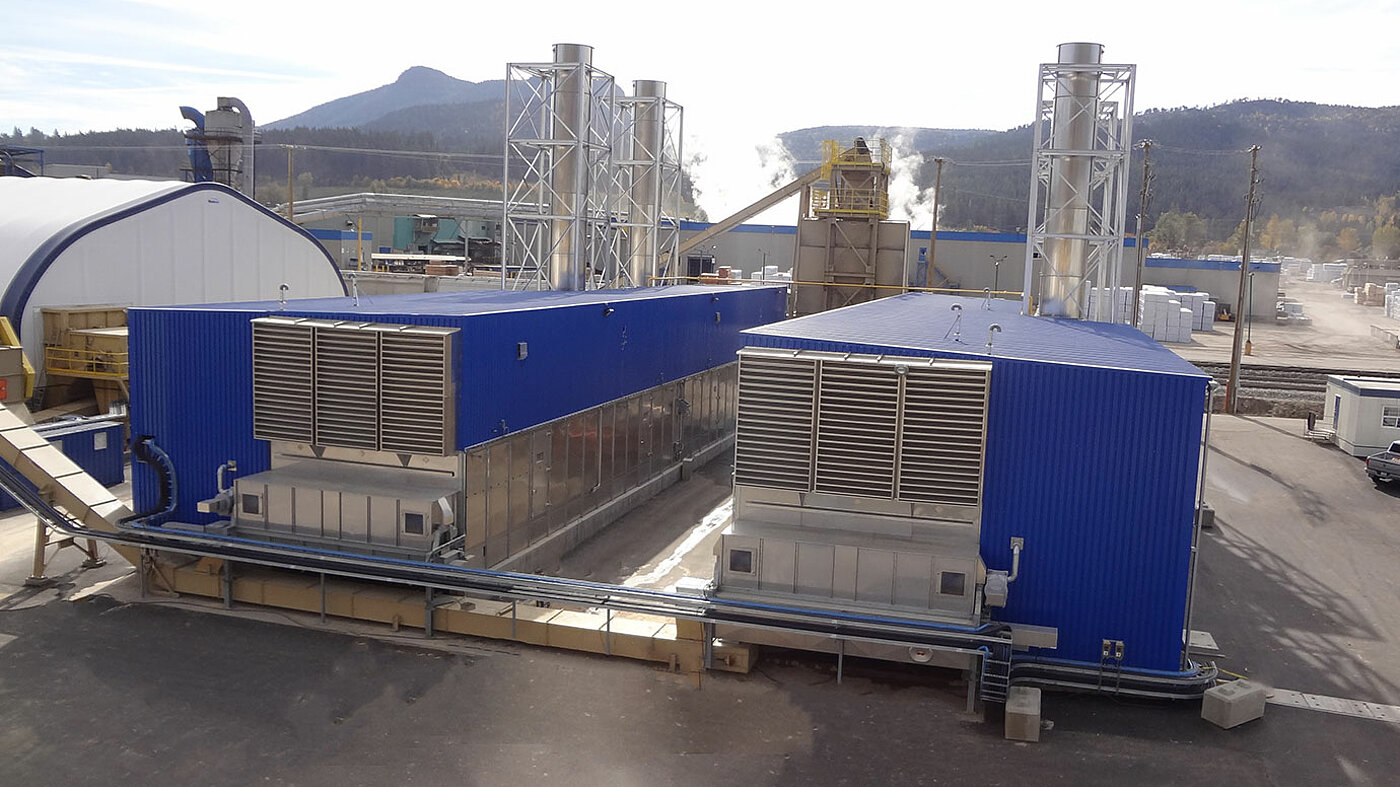
BT 1-6200-42
in Canada
Product: Sawdust
Dryer output capacity:
Sawdust: 14.8 t/h from 50% to 6%
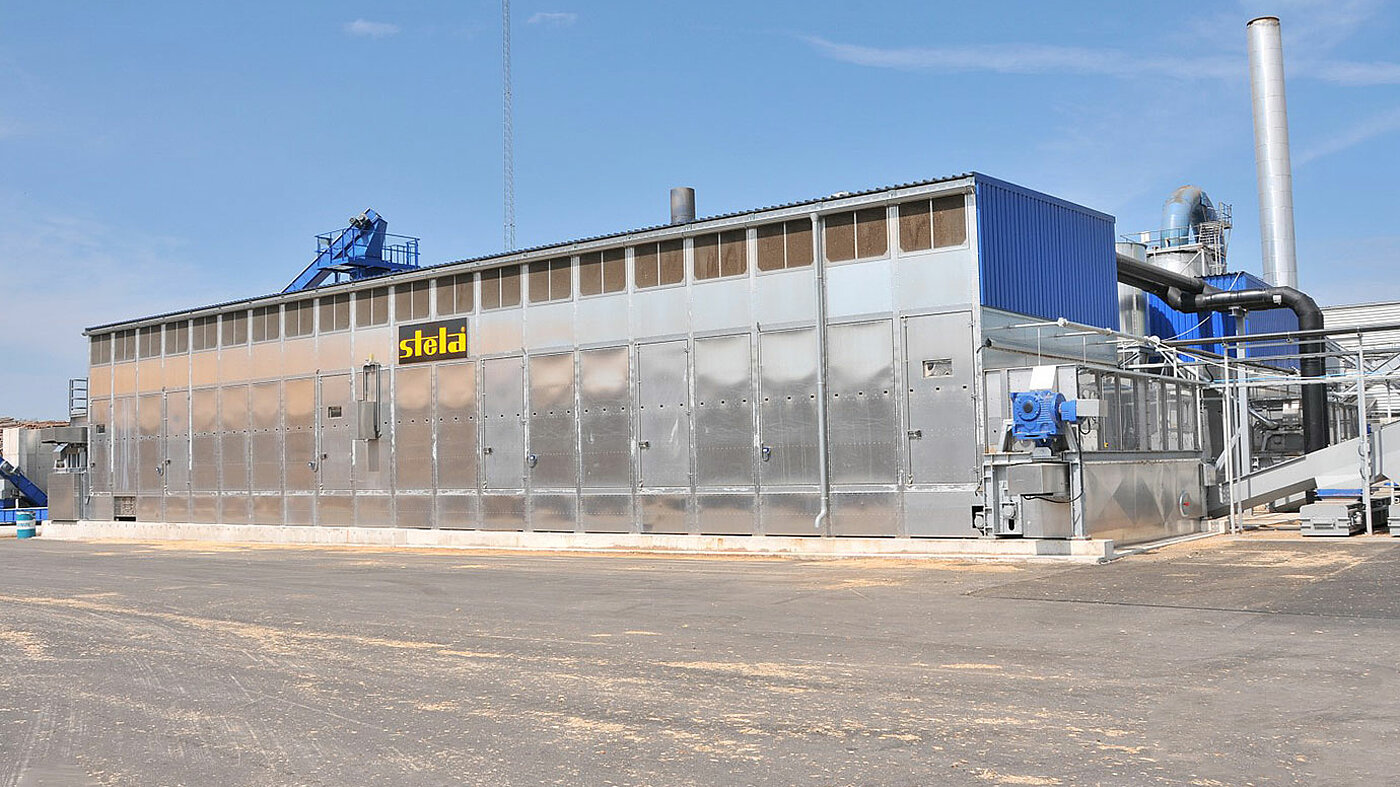
BT 1-6200-30
in Latvia
Product: Sawdust
Dryer output capacity:
Sawdust: 8.5 t/h from 50% to 10%
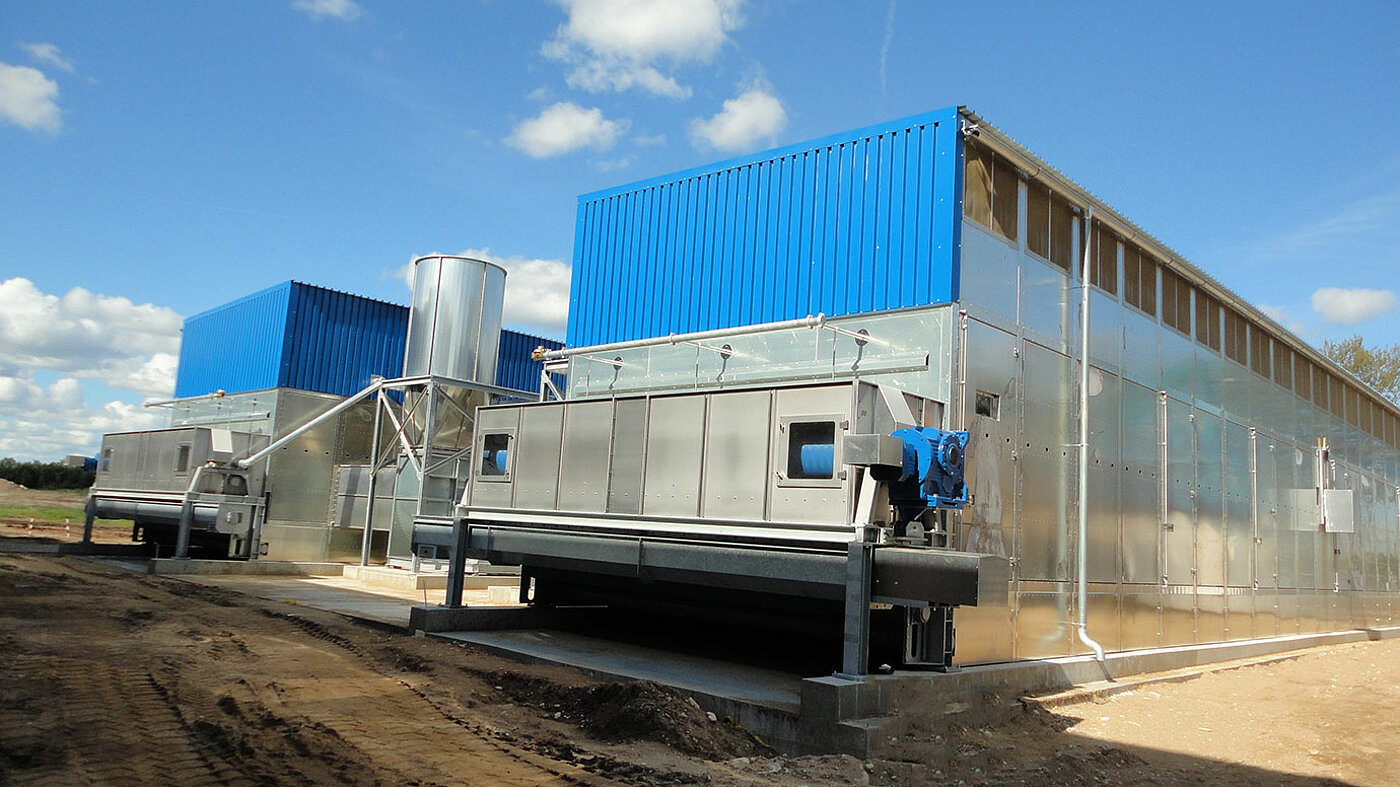
BT 1-6200-30
in Estonia
Product: Sawdust
Dryer output capacity:
Sawdust: 8.5 t/h from 50% to 10%
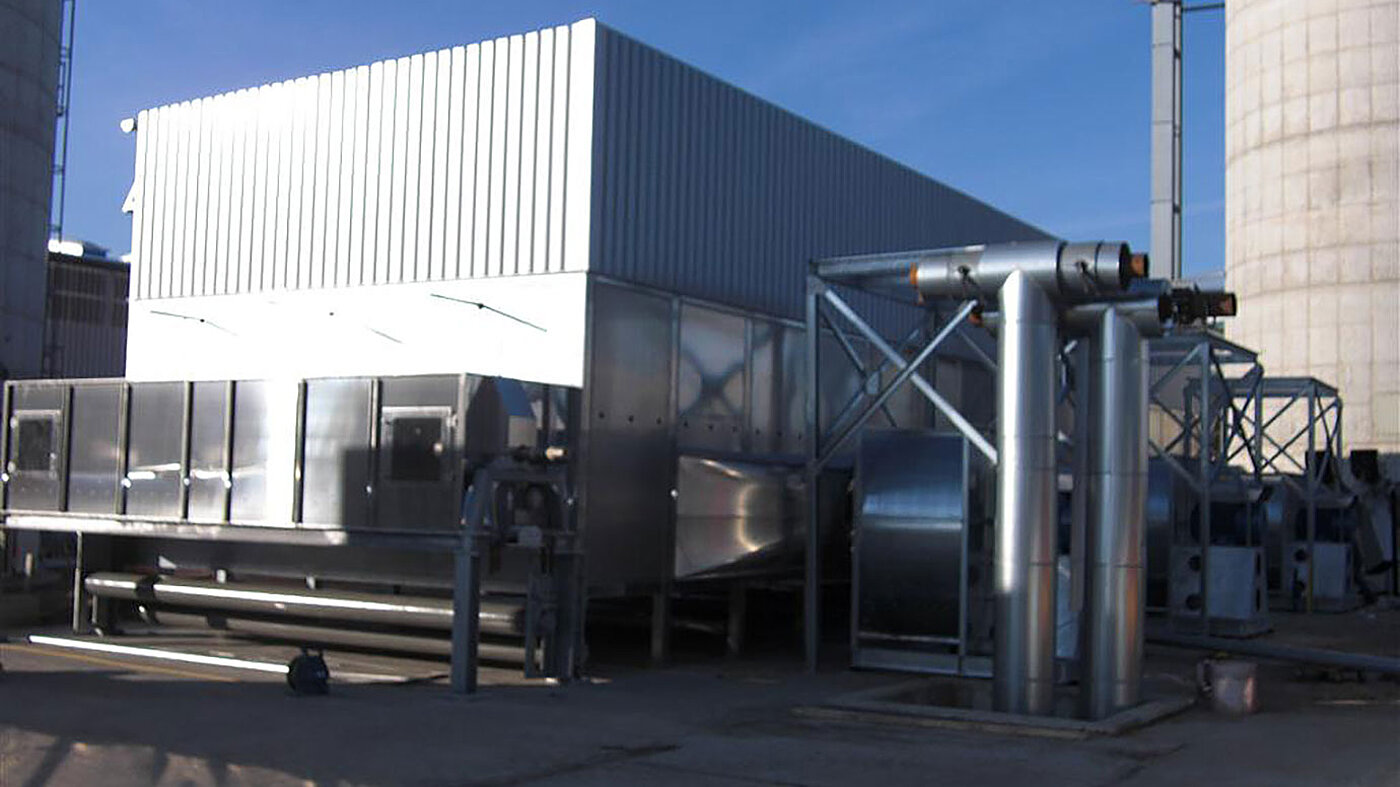
BT 1-6200-22.5
in Germany
Product: Sawdust
Dryer output capacity:
Sawdust: 7.5 t/h from 50% to 10%
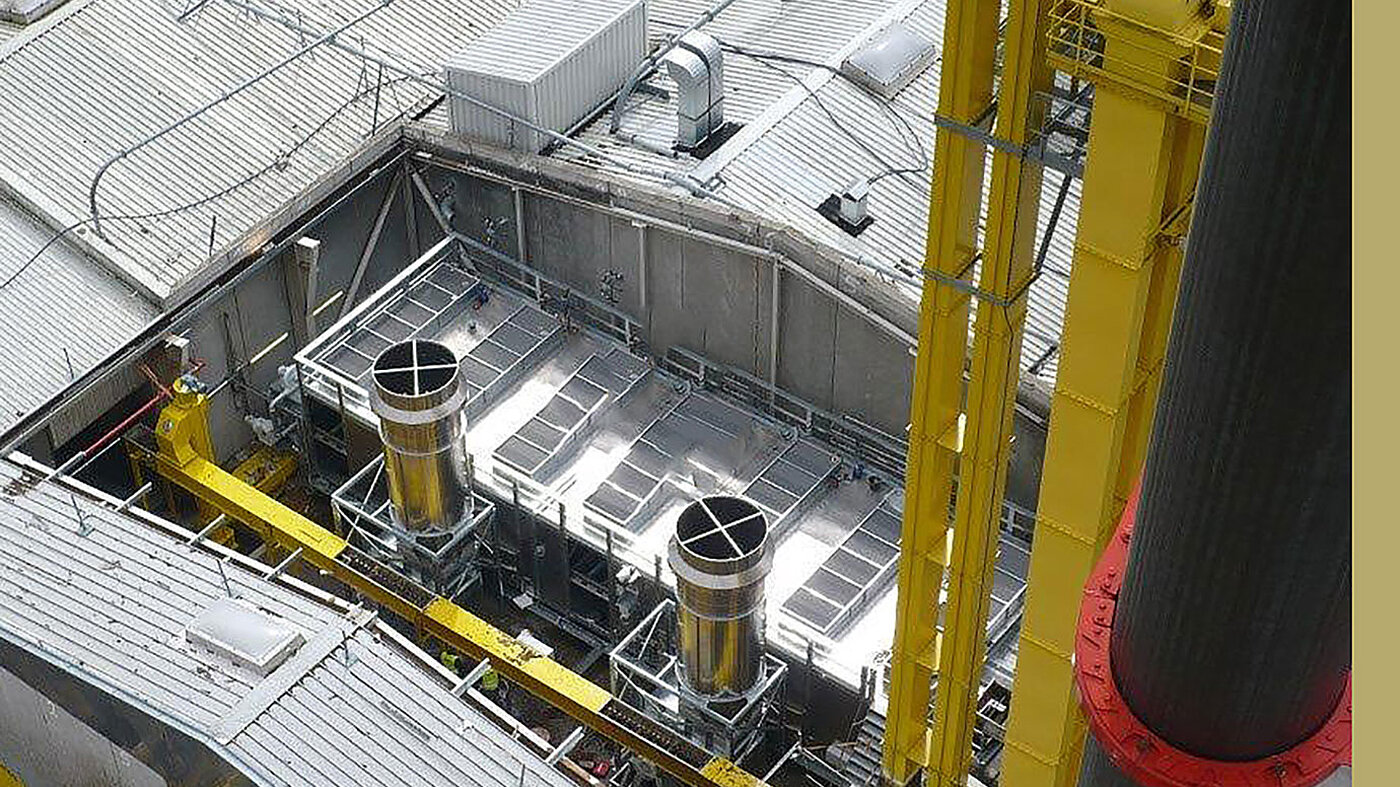
BT 1-6200-19.5
in Germany
Product: Wood shavings, sawdust
Dryer output capacity:
Wood shavings, sawdust: 9.9 t/h from 44% to 13%
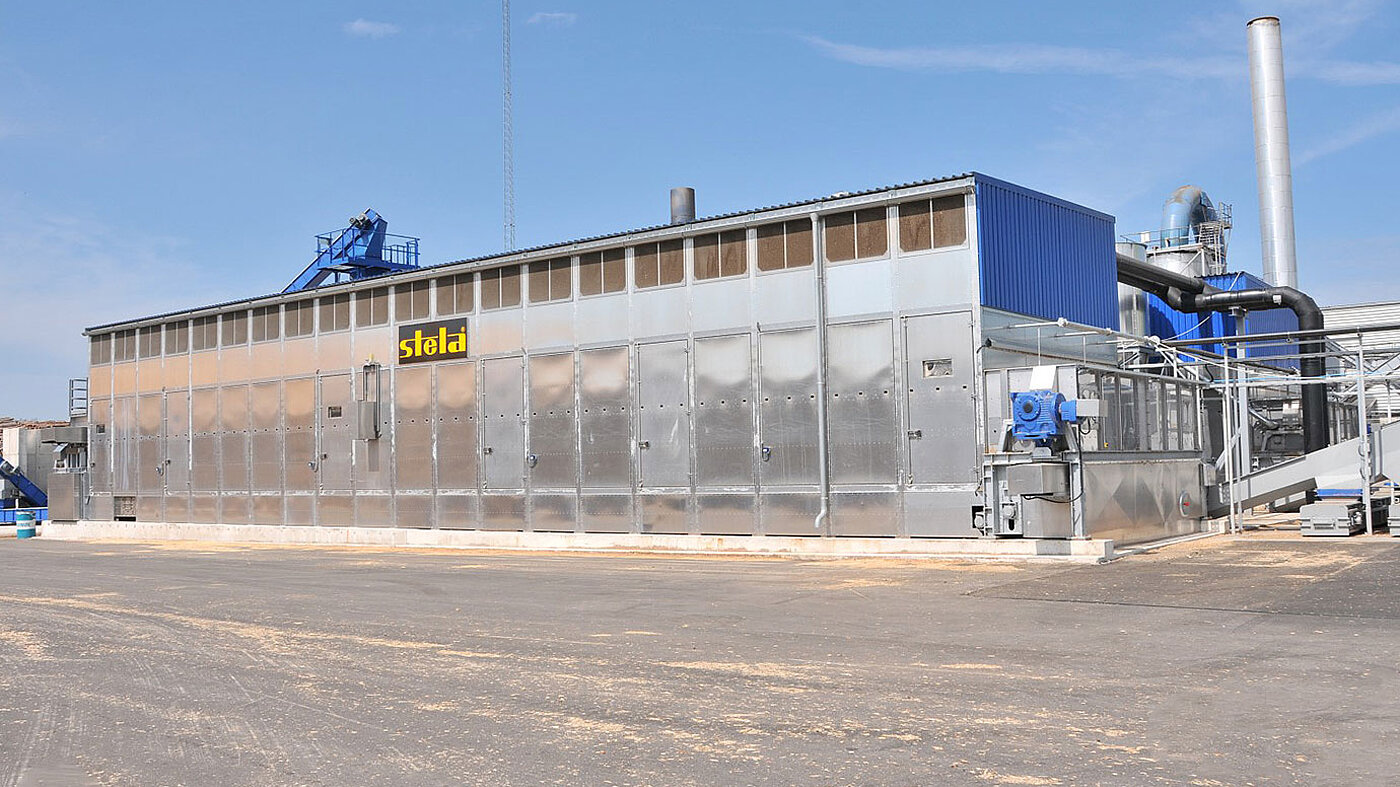
BT 1-6200-30
in Latvia
Product: Sawdust
Dryer output capacity:
Sawdust: 8.5 t/h from 50% to 10%
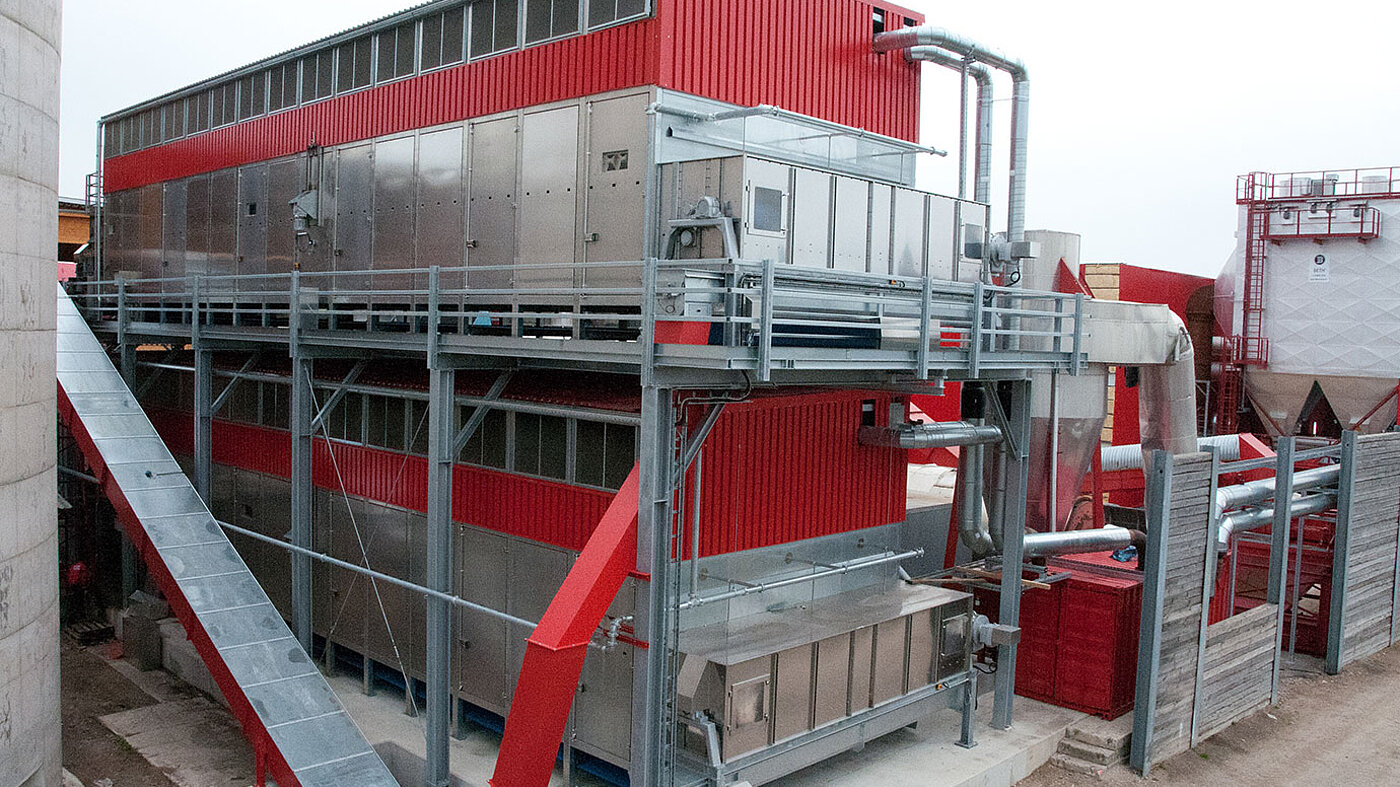
BT 1-6200-22.5
in Germany
Product: Sawdust
Dryer output capacity:
Sawdust: 6.5 t/h from 50% to 10%
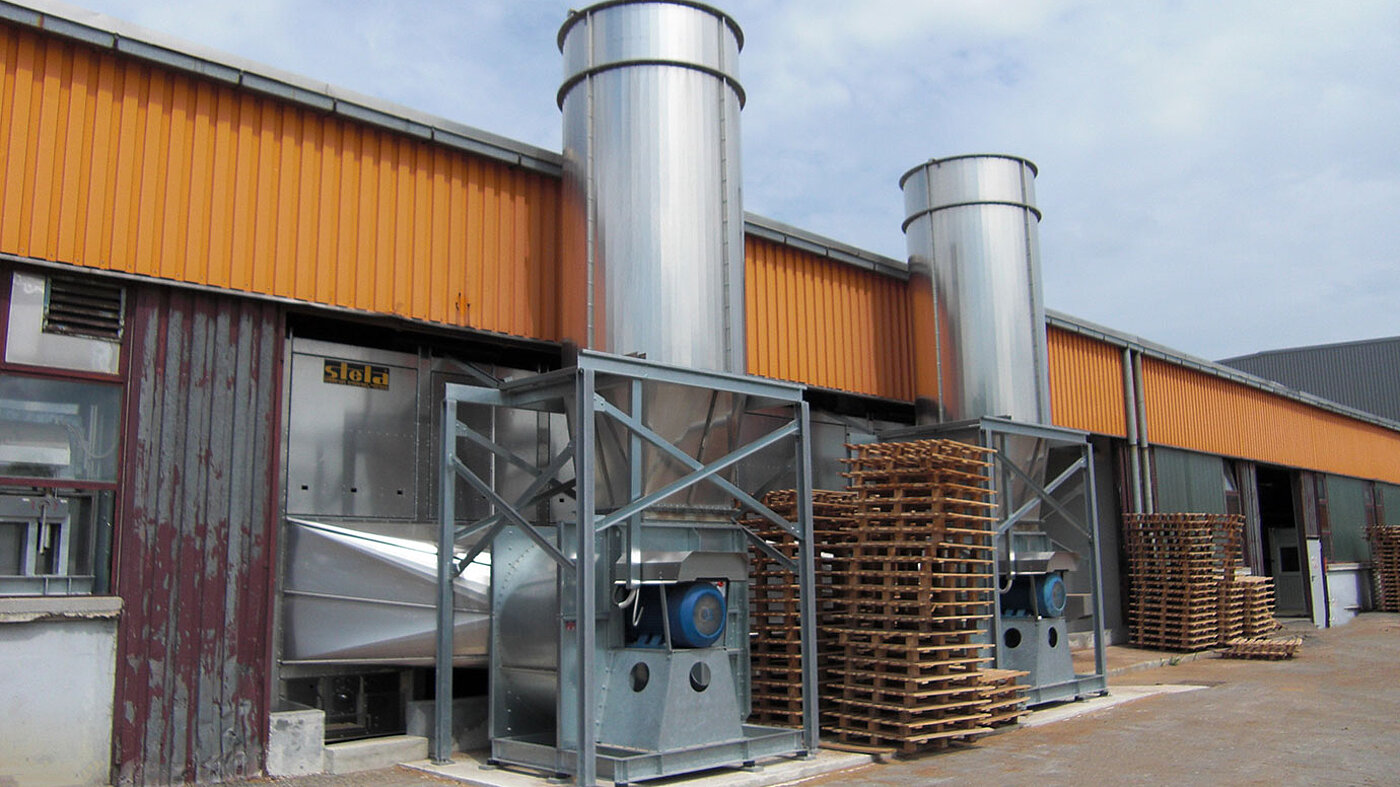
BT 1-6200-13.5
in Croatia
Product: Sawdust
Dryer output capacity:
Sawdust: 5 t/h from 45% to 10%
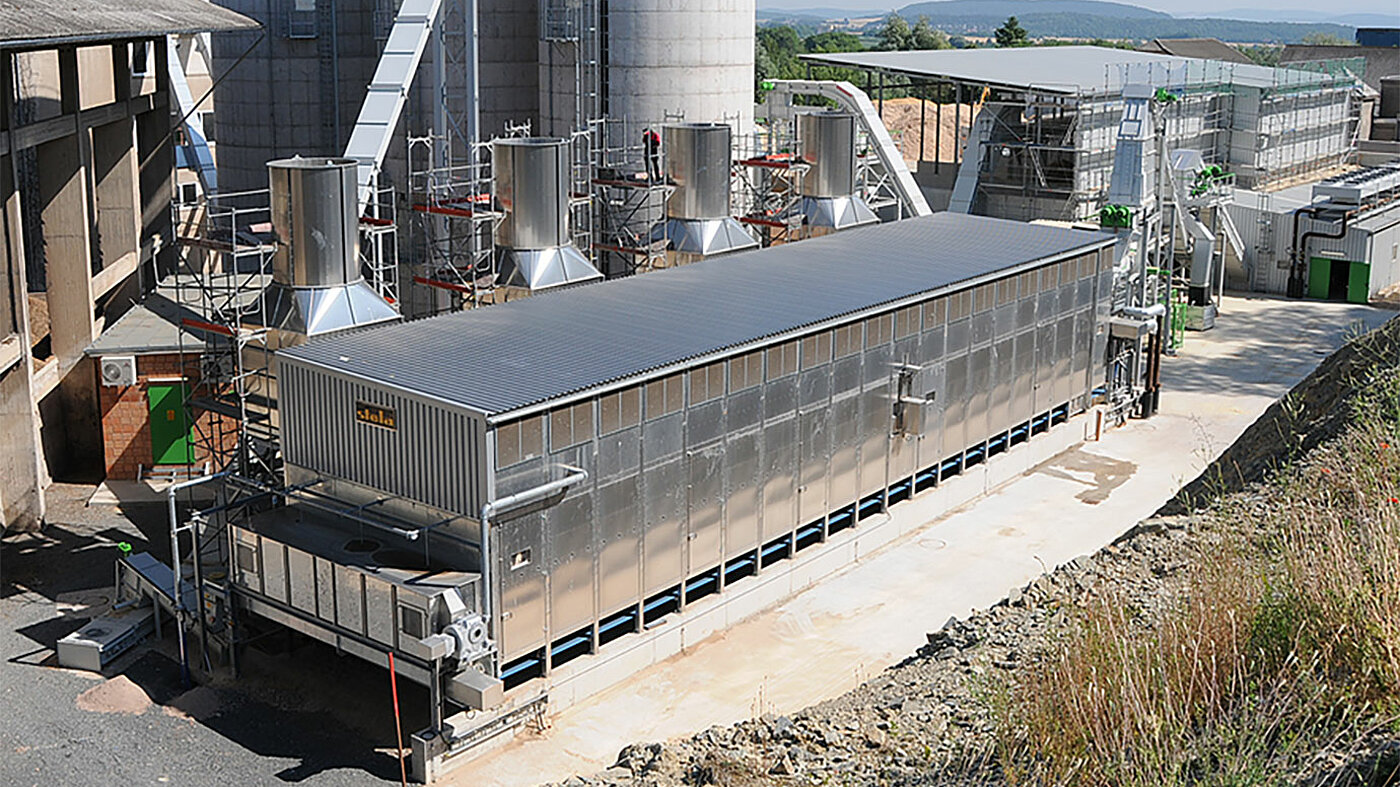
BT 1-6200-30
in Germany
Product: Bark, sawdust
Dryer output capacity:
Bark, sawdust: 8 t/h from 50% to 9%
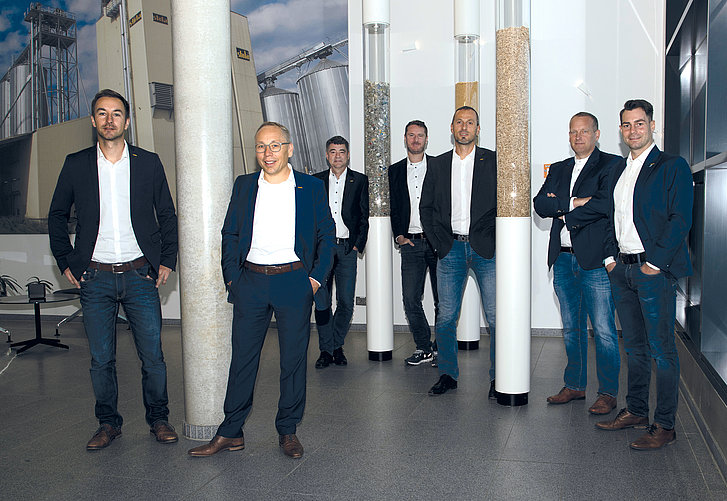
Low temperature, continuous dryer, circulating dryer – not sure what’s the best choice for you? Our experienced colleagues will be happy to help you find the best solution for your product. Please feel free to contact us without obligation.
Telephone +49 8724 899-10
Email sales[at]stela.de
stela Laxhuber GmbH
Laxhuberplatz 1
D-84323 Massing
GPS coordinates:
North: 48.41839, East: 12.60456
Phone: +49 8724 899-0
Fax: +49 8724 899-80
Mail: office[at]stela.de
Web: www.stela.de
We use cookies on our website. Some of them are technically necessary, while others help us to improve this website or to provide additional functionalities.
